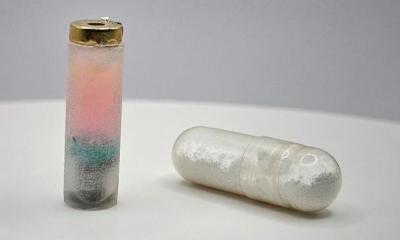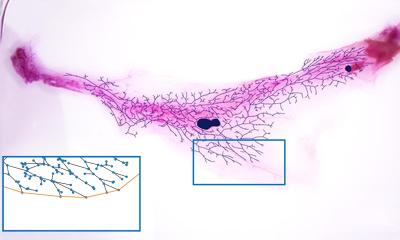Smart Fabrics and Interactive Textiles (SFIT)
European Hospital has featured some of these developments in previous issues, and it’s worth noting that, in 2006, this market was already worth $340 million. The general concept is to develop ‘e-textiles’, which can integrate sensors, actuators, communication devices and power generation devices. Designed as shirts or jackets, a wearer could be permanently monitored for medical purposes (e.g. blood pressure, blood/oxygen saturation, sweating, skin temperature, heart rhythm). Because the electronic devices will be worn in direct contact with the body, highly flexible systems must be developed to stretch as well as follow and react to body movements.
31.08.2007






